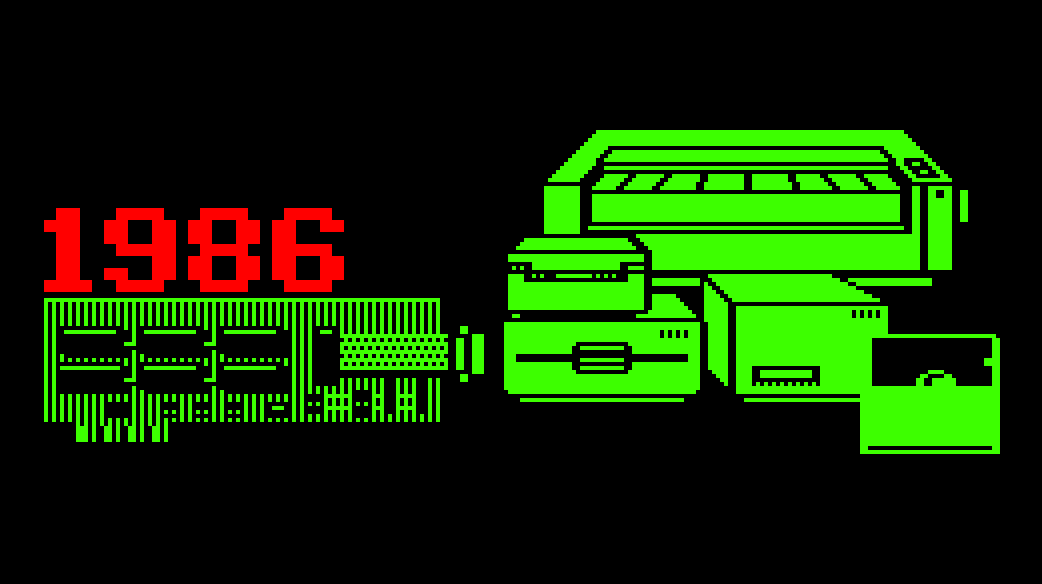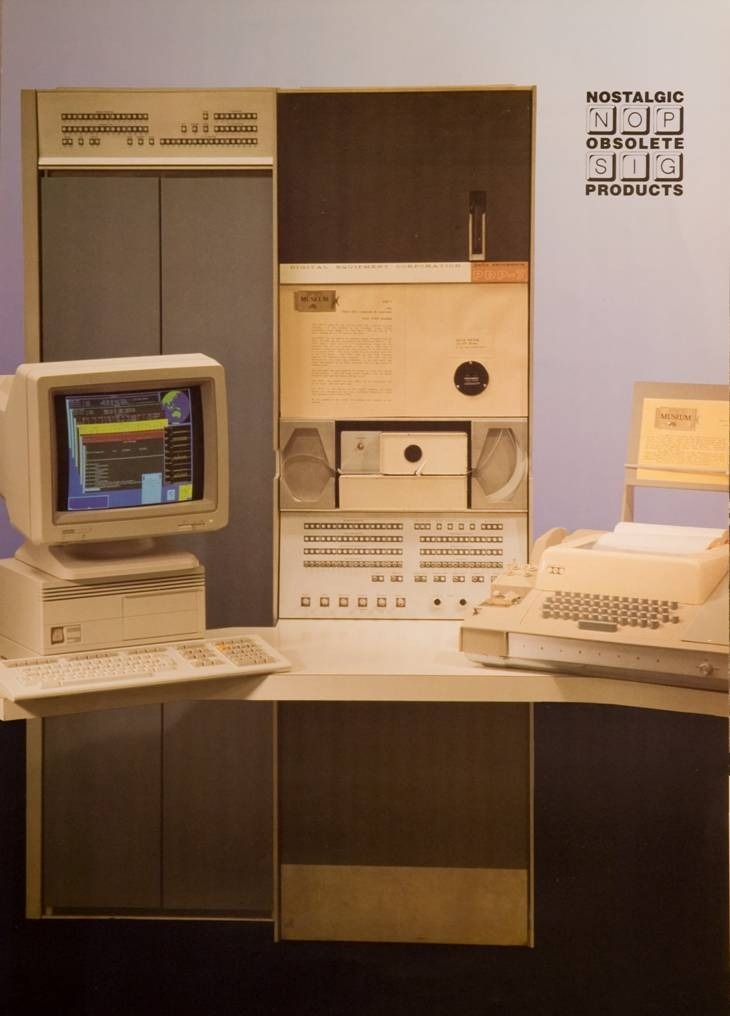jbltecnicspro
[H]F Junkie
- Joined
- Aug 18, 2006
- Messages
- 9,547
we need a retro sub from around here
ocing seemed like it was more fun back in the P-II to Athlon days
A retro sub-forum would be a good thing to have, methinks. But there are other forums which handle it just as well as we could.
![[H]ard|Forum](/styles/hardforum/xenforo/logo_dark.png)


